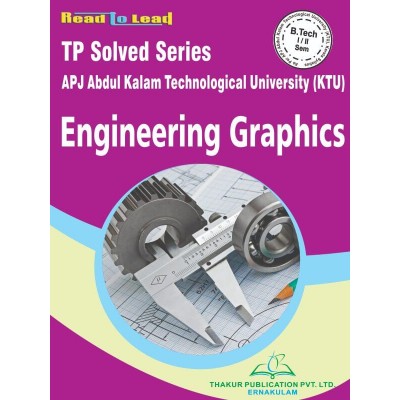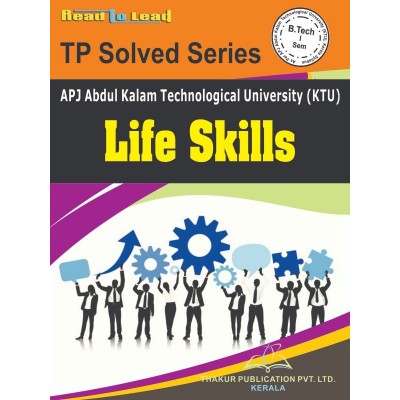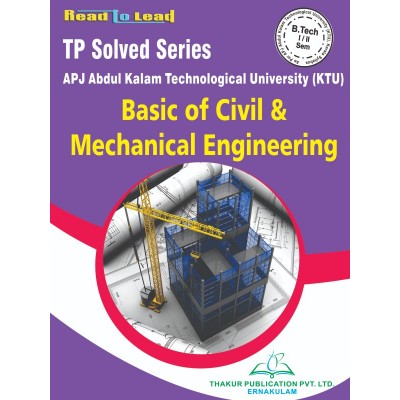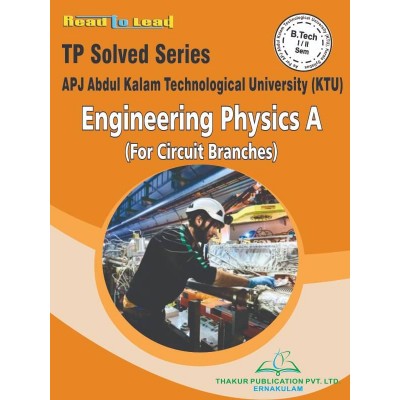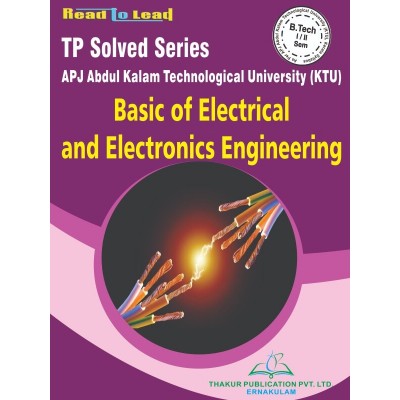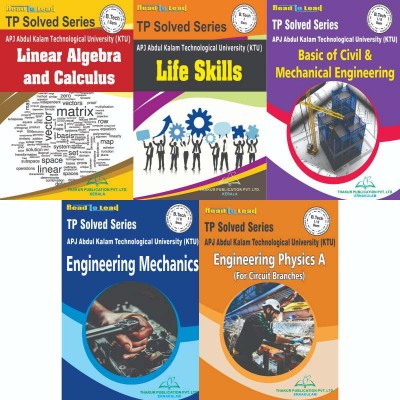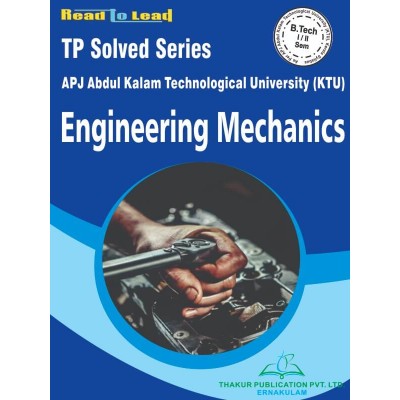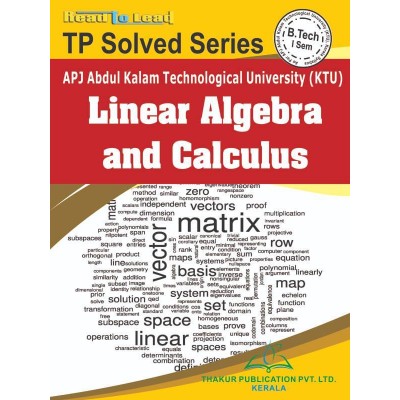Categories
- Pharmacy
- Nursing
-
MBA
-
BBA
- U.P. State University
- Veer Bahadur Singh Purvanchal University, Jaunpur
- Chaudhary Charan Singh University, Meerut
- Dr. Bhimrao Ambedkar University, Agra
- Chhatrapati Shahu Ji Maharaj University, Kanpur
- Mahatma Jyotiba Phule Rohilkhand University, Bareilly
- Mahatma Gandhi Kashi Vidyapith, Varanasi
- Dr. Ram Manohar Lohia Avadh University, Ayodhya
- Deen Dayal Upadhyaya Gorakhpur University
- Prof. Rajendra Singh (Rajju Bhaiya) University, Prayagraj
- BCA
-
B Ed
- Lucknow University B.Ed Books
- Chaudhary Charan Singh University/Maa Shakambhari University, Saharanpur
- Dr Bhim Rao Ambedkar University, Agra
- Mahatma Gandhi Kashi Vidyapeeth, Varanasi
- Chhatrapati Shahu Ji Maharaj University
- Prof. Rajendra Singh (Rajju Bhaiya) University, Prayagraj (PRSU)
- Mahatma Jyotiba Phule Rohilkhand University(Mjpru), Bareilly
- Dr. Ram Manohar Lohia Avadh University, Ayodhya
- Bundelkhand University, Jhansi
- Deen Dayal Upadhyaya Gorakhpur University
- Veer Bahadur Purvanchal University (VBPU)
- Maharaja Suhel Dev State University ,Azamgarh (MSDSU)
- Raja Mahendra Pratap Singh State University, Aligarh (RMPSSU)
- Barkatullah Vishwavidyalaya (Bhopal)
- Jiwaji University (Gwalior)
- Vikram University (Ujjain)
- Dr. Harisingh Gour University (Sagar)
- Devi Ahilya Vishwavidyalaya (Indore)
- Rani Durgavati Vishwavidyalaya (Jabalpur)
- Awadhesh Pratap Singh University (Rewa)
- Maharaja Chhatrasal Bundelkhand University (Chhatarpur)
- D. EL. ED
- TET
-
B Com
-
B Sc
- B.Sc. U.P. State Universities Common Syllabus NEP
- Veer Bahadur Singh Purvanchal University, Jaunpur
- University of Lucknow
- Chaudhary Charan Singh University, Meerut
- Madhya Pradesh
- Chhatrapati Shahu Ji Maharaj University, Kanpur
- Dr. Bhimrao Ambedkar University, Agra
- Mahatma Gandhi Kashi Vidyapith, Varanasi
- DEEN DAYAL UPADHYAYA GORAKHPUR UNIVERSITY
- Prof. Rajendra Singh (Rajju Bhaiya) University, Prayagraj
- Dr. Ram Manohar Lohia Avadh University, Ayodhya
- Mahatma Jyotiba Phule Rohilkhand University, Bareilly
- Uttarakhand State Universities
- B.Sc. Bihar Universities Common Syllabus NEP
- University of Rajasthan (Jaipur)
- Haryana
-
B A
- B.A. Of U.P. State Universities Common Syllabus NEP
- Veer Bahadur Singh Purvanchal University, Jaunpur
- University of Lucknow
- Chaudhary Charan Singh University, Meerut
- Chhatrapati Shahu Ji Maharaj University, Kanpur
- Dr. Bhimrao Ambedkar University, Agra
- Mahatma Gandhi Kashi Vidyapith, Varanasi
- Deen Dayal Upadhyaya Gorakhpur University
- Prof. Rajendra Singh (Rajju Bhaiya) University, Prayagraj
- Dr. Ram Manohar Lohia Avadh University, Ayodhya
- Mahatma Jyotiba Phule Rohilkhand University, Bareilly
- Madhya Pradesh
- Uttarakhand
- Bihar
- University of Rajasthan (Jaipur Syllabus as Per NEP2020)
- Haryana NEP-2020
- B Tech
Engineering Chemistry
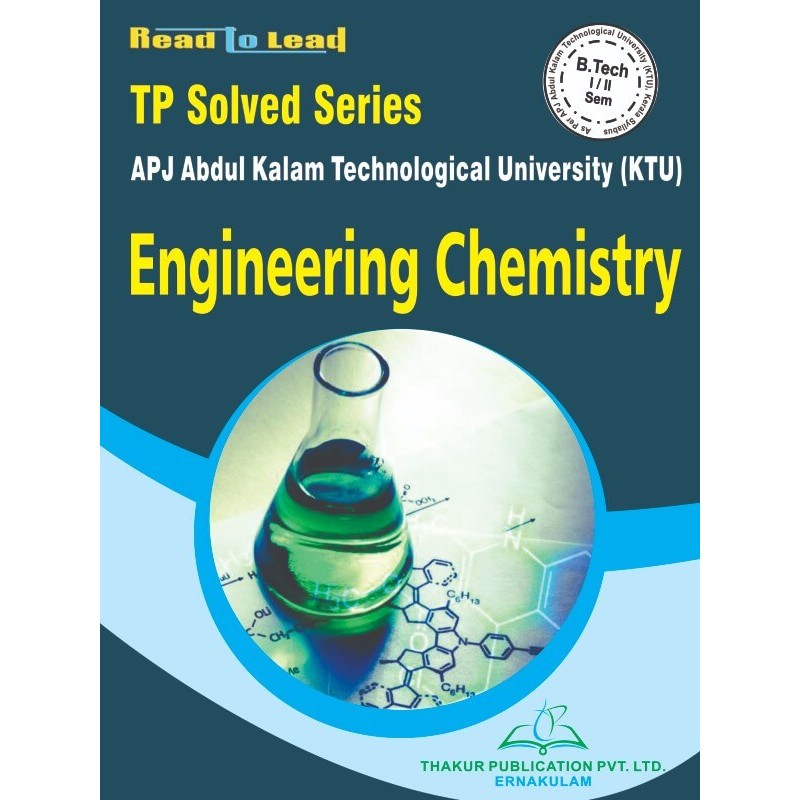
TP Series
₹128.00
Tax excluded
SYLLABUS
CYT-100: ENGINEERING CHEMISTRY
Module 1: Electrochemistry and Corrosion
Introduction - Differences between electrolytic and electrochemical cells - Daniel cell – redox reactions - cell representation. Different types of electrodes (brief) - Reference electrodes - SHE - Calomel electrode - Glass Electrode - Construction and Working. Single electrode potential - definition - Helmholtz electrical double layer -Determination of E0 using calomel electrode. Determination of pH using glass electrode. Electrochemical series and its applications. Free energy and EMF - Nernst Equation - Derivation - single electrode and cell (Numericals) -Application - Variation of emf with temperature. Potentiometric titration - Introduction - Redox titration only. Lithiumion cell - construction and working. Conductivity- Measurement of conductivity of a solution (Numericals). Corrosion-Electrochemicalcorrosion – mechanism. Galvanic series- cathodic protection – electroless plating –Copper and Nickel plating.
Module 2: Spectroscopic Techniques and Applications
Introduction- Types of spectrum - electromagnetic spectrum - molecular energy levels – Beer Lambert’s law (Numericals). UV-Visible Spectroscopy – Principle - Types of electronic transitions - Energy level diagram of ethane, butadiene, benzene and hexatriene. Instrumentation of UV-Visible spectrometer and applications.IR-Spectroscopy – Principle - Number of vibrational modes - Vibrational energy states of a diatomic molecule and -Determination of force constant of diatomic molecule (Numericals) –Applications. 1H NMR spectroscopy – Principle - Relation between field strength and frequency - chemical shift - spin-spin splitting (spectral problems) - coupling constant(definition) - applications of NMR- including MRI (brief).
Module 3: Instrumental Methods and Nanomaterials
Thermal analysis –TGA- Principle, instrumentation (block diagram) and applications – TGA of CaC2O4.H2O and polymers. DTA-Principle, instrumentation (block diagram) and applications - DTA of CaC2O4. H2O. Chromatographic methods - Basic principles and applications of column and TLC-Retention factor. GC and HPLC-Principle, instrumentation (block diagram) - retention time and applications.
Nanomaterials - Definition - Classification - Chemical methods of preparation - Hydrolysis and Reduction - Applications of nanomaterials - Surface characterisation -SEM – Principle and instrumentation (block diagram).
Module 4: Stereochemistry and Polymer Chemistry
Isomerism-Structural, chain, position, functional, tautomerism and matamerism - Definition with examples - Representation of 3D structures-Newman, Sawhorse, Wedge and Fischer projection of substituted methane and ethane. Stereoisomerism - Geometrical isomerism in double bonds and cycloalkanes (cis-trans and E-Z notations). R-S Notation – Rules and examples - Optical isomerism, Chirality, Enantiomers and Diastereoisomers-Definition with examples. Conformational analysis of ethane, butane, cyclohexane, mono and di methyl substituted cyclohexane.
Copolymers - Definition - Types - Random, Alternating, Block and Graft copolymers - ABS - preparation, properties and applications. Kevlar-preparation, properties and applications. Conducting polymers - Doping -Polyaniline and Polypyrrole - preparation properties and applications. OLED - Principle, construction and advantages.
Module 5: Water Chemistry and Sewage Water Treatment
Water characteristics - Hardness - Types of hardness - Temporary and Permanent - Disadvantages of hard water -Units of hardness- ppm and mg/L -Degree of hardness (Numericals) - Estimation of hardness-EDTA method (Numericals). Water softening methods-Ion exchange process-Principle, procedure and advantages. Reverse osmosis – principle, process and advantages. Municipal water treatment (brief) - Disinfection methods - chlorination, ozone andUV irradiation.
Dissolved oxygen (DO) -Estimation (only brief procedure-Winkler’s method), BOD and COD definition, estimation (only brief procedure) and significance (Numericals). Sewage water treatment - Primary, Secondary and Tertiary - Flow diagram -Trickling filter and UASB process.
KTU2022/B.tech/2/04
88 Items
New product


